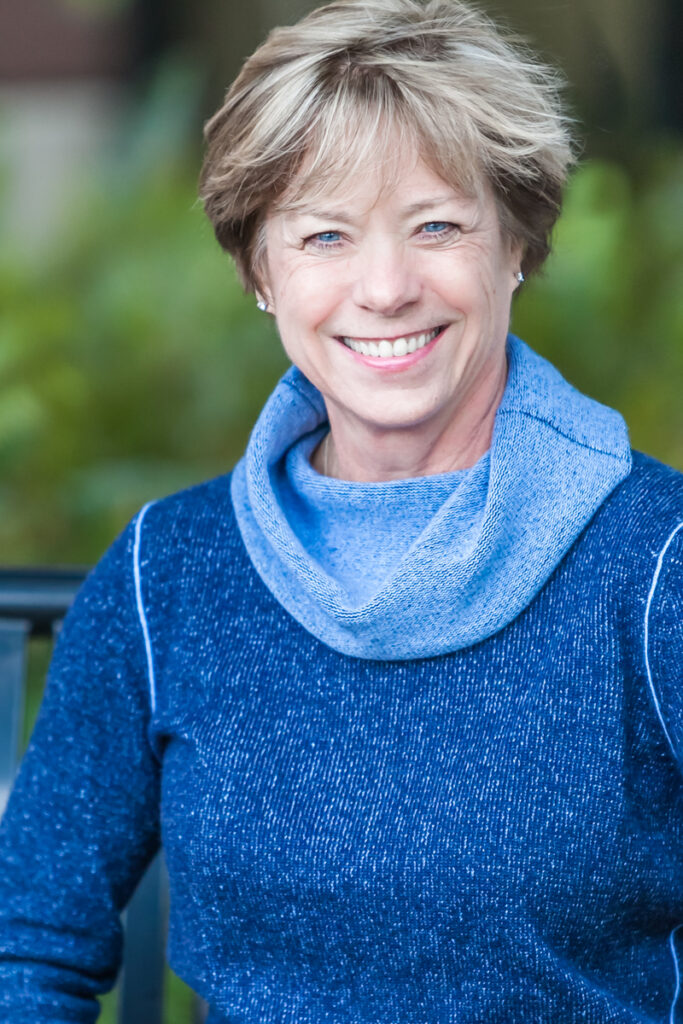Diane Lee

Clinical specialty area: Women’s Health
Year of Graduation: 1976
Hobbies: Pilates and Hiking
Areas of Professional interest:
Clinical: Helping women restore optimal strategies for function after pregnancy or injury.
Education: Helping physiotherapists expedite clinical expertise and get results faster. Helping women’s health physiotherapists look beyond the pelvic floor for restoration of pelvic floor function.
Where do you hope to see the profession in 25 years?
The profession is very diversified but overall it is my hope that in 25 years physiotherapists will play key roles as leaders in multi-disciplinary teams that aim to improve function and performance of any individual with pain and/or disability. The scope is wide and specialization is critical for one to attain the required knowledge and clinical expertise to fulfil this role; however, it is my hope that physiotherapists will be seen as the first health professional individuals, teams, corporations etc. consult when help is needed.
Why did you choose to become a clinical specialist?
I chose to become a women’s health specialist and not a specialist in musculoskeletal physiotherapy because for 31 years my musculoskeletal training and clinical expertise pertaining to restoring optimal function of the thorax, abdominal wall and pelvis has changed the lives of many with ‘women’s health’ conditions. Women’s health is about more than the pelvic floor; it is about understanding the relationship of the pelvic floor to the rest of the body and knowing when to treat it directly and when to treat elsewhere. I think it is important to broaden the perception of what it means to be a ‘healthy woman’ and better strategies for function of the thorax, pelvis and abdominal wall play a critical role here. I’d like to contribute to this perception shift both within our profession and outside of it.
How do you feel the clinical specialization role has changed your practice?
I don’t think the ‘clinical specialization role’ will change my practice at all to be honest. I think it will change the perception of other ‘women’s health physiotherapists’ towards me as an educator in that I have met, and successfully passed, this rigorous challenge by my peers to be considered a women’s health specialist. This designation provides credibility and acknowledgement of my knowledge and clinical expertise and its applicability for conditions pertaining to the health of women.
Biography
BSR, FCAMPT, CGIMS, RYT200
Diane graduated with distinction from UBC with a Bachelor of Science in Rehabilitation in 1976. She has been a fellow of the Canadian Academy of Manipulative Therapy (CAMT) since 1981, completed her certification in Intramuscular Stimulation (IMS) in 2001 and became a registered Yoga instructor and certified in examination of the pelvic floor in 2013. She was an instructor and chief examiner for CAMT for over 20 years. Diane is also the owner, director, and a practicing physiotherapist at Diane Lee & Associates (dianeleephysio.com), a private multi-disciplinary physiotherapy clinic in South Surrey, BC, Canada. In addition, she is the principle instructor of Learn with Diane Lee (learnwithdianelee.com).
Diane provides both online and in-class courses and in South Surrey, BC Canada, as well as nationally throughout Canada and internationally. Her premier course is called the Integrated Systems Model Series which provides clinical mentorship which is the prerequisite for certification. This program aims to help clinicians of all levels of experience become efficient and effective through the development of reliable palpation and sound clinical reasoning skills.
She has been a keynote speaker at many conferences including The World Congress on Low Back and Pelvic Pain, has contributed chapters to several books and self-published the book The Thorax – An Integrated Approach. Her book, The Pelvic Girdle, was first published by Churchill Livingstone in 1989, is now in its 4thedition (2011) and has been translated into multiple languages. She holds the North American patent for two sacroiliac belts, The Com-Pressor, and The Baby Belly Belt™. With respect to research, she continues to investigate the behaviour of the abdominal wall in women with diastasis rectus abdominis and has received a grant from the Clinical Center of Research Excellence from the University of Queensland to further these studies.
